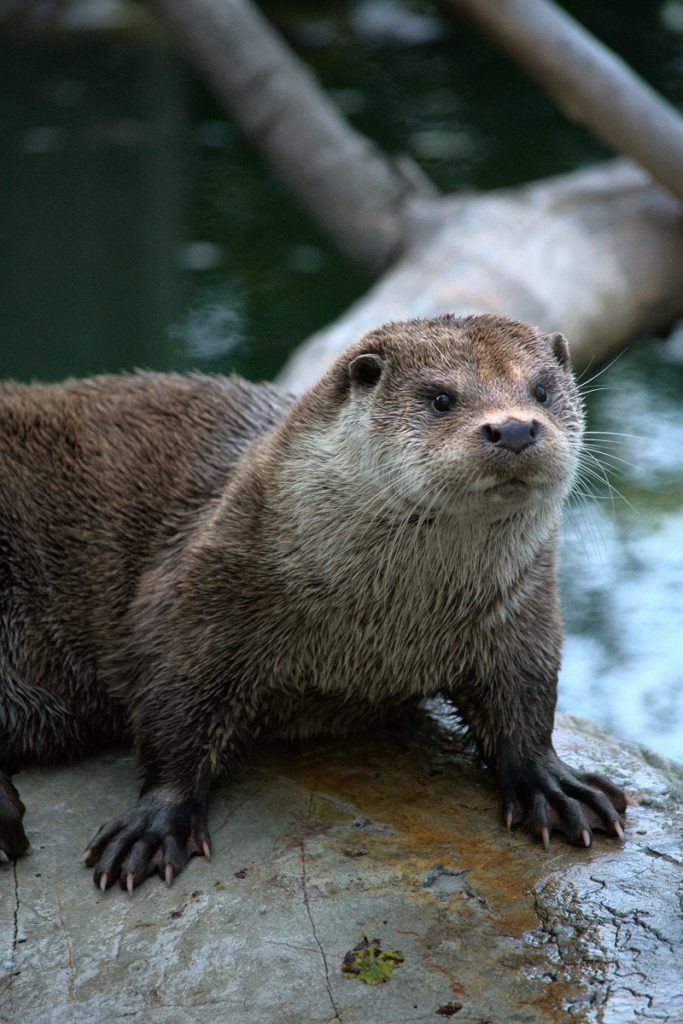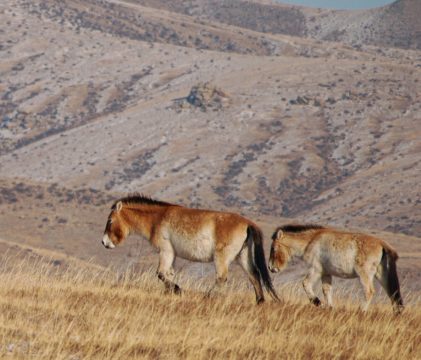Dear readers,
herewith I want to share with you the good news I read in National Geographic not so long ago. The Russian edition of the magazine published an article on the results of the global efforts to save endangered species. Since 1993, respective measures have prevented extinction of at least 28 bird and mammal species. It is actually quite possible that many fish, amphibians, reptiles and invertebrates have also been saved, it’s just that the article doesn’t focus on them.
Do you remember stories from the school biology or geography lessons about the dodo bird or the thylacine (the wolf from Australia and Tasmania) exterminated by humans? Unfortunately, saving endangered species was not a high priority until recently, but nowadays nature conservation is finally gaining long-awaited recognition.

Successes in the challenging job
So, moving to the bright side… 🙂 Have you heard of the legendary Przewalski’s horse? During my school years, its fate was still unclear. Luckily, it turned out that it has been rescued. In general over the last decades, the global conservation efforts resulted in saving at least 21 to 32 bird species and 6 to 15 mammal species. This was possible thanks to developing and enhancing legislation, implementing measures on habitat protection and restoration, ex situ conservation (i.e. conservation in captivity) and gradual return of the species into the wild.
This means that my colleagues from the IUCN, WWF, Greenpeace and lesser-known and smaller organisations, as well as from research institutions and administrations of protected areas are working for a good reason. For a very good reason! Their contributions through raising awareness, creation of petitions, lobbying for laws, field work and carrying out research, search for funds and engaging new supporters – all these bring positive results.
Non-specialists often percieve nature conservation as an obscure activity absorbing too much financial resources. I will not go into a debate about this today. I just want to celebrate: it’s wonderful when the thing you’re passionate about bears fruit. When you see that the situation is not hopeless. When you realise that the “technical possibilities” are there, it is just a matter of priority setting, of good will and of all-round support.
Saving endangered species in Hamburg
Here are a couple more inspiring examples of species conservation from Hamburg. Maybe you’ll meet these cute creatures on your next nature walk? 😉 Thanks to the efforts and persistence of the local environmental organisations as well as to the competent policies and actions of the authorities, the beaver, the otter, the greater white-toothed shrew, several species of bats, the white-tailed eagle and the peregrine falcon have returned to Hamburg in the recent years. Furthermore, the populations of such bird species as the kingfisher, the crane the cormorant have increased in number.

Cover Photo by Tengis Galamez on Unsplash
Photos by McGill Library on Unsplash and by Mateusz Bajdak on Unsplash

